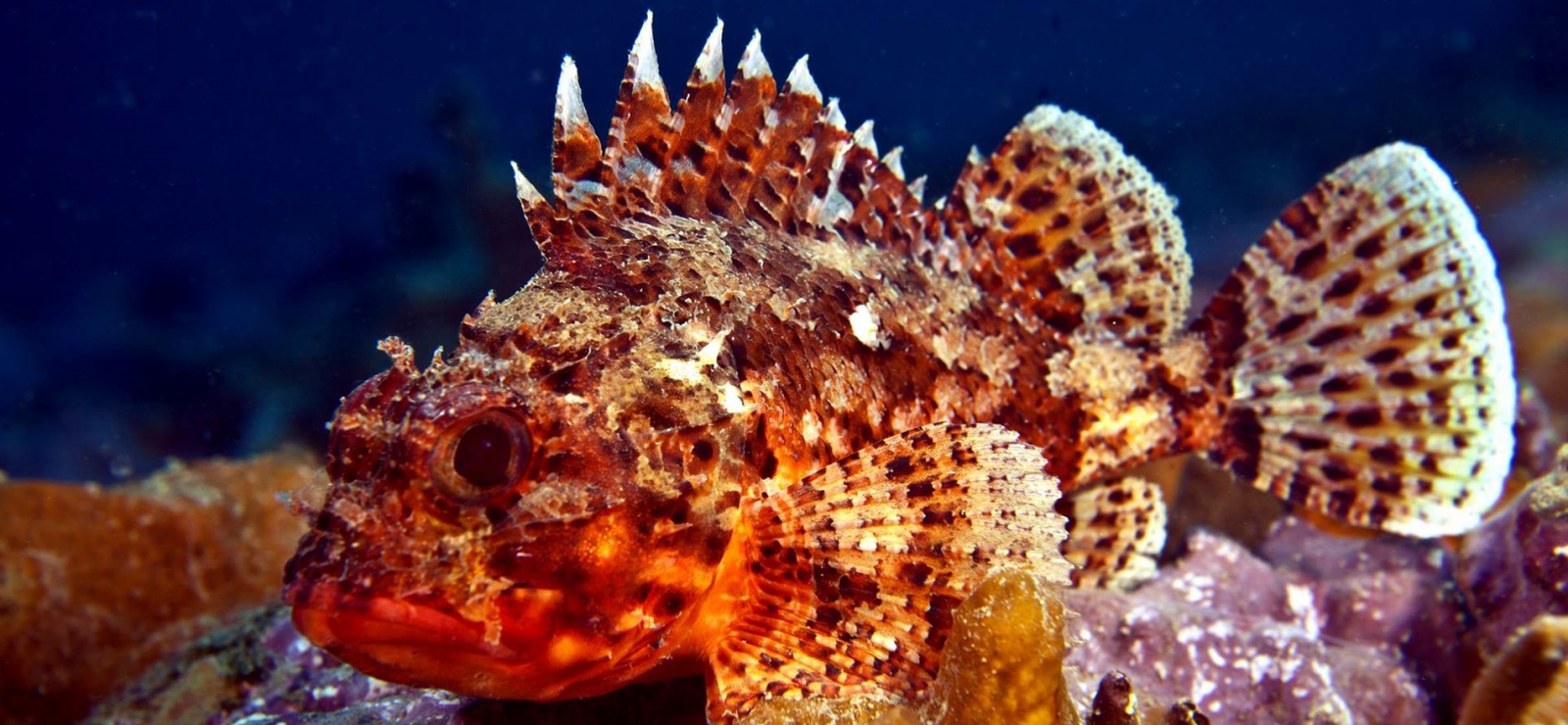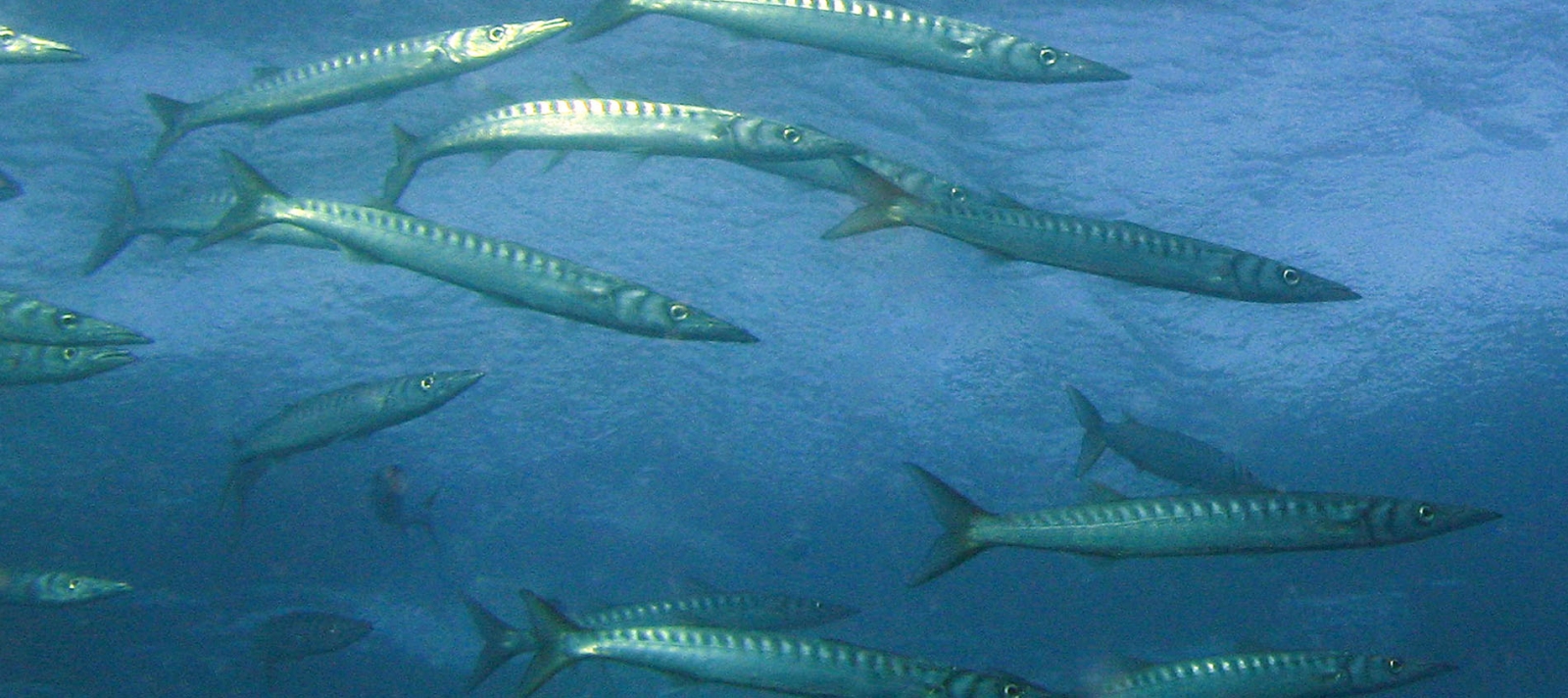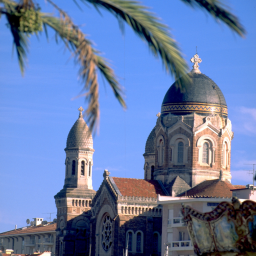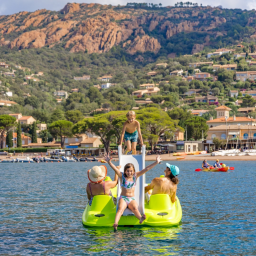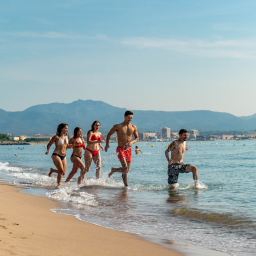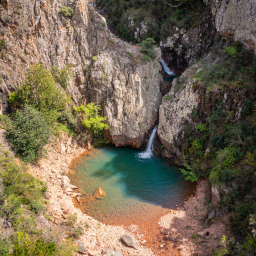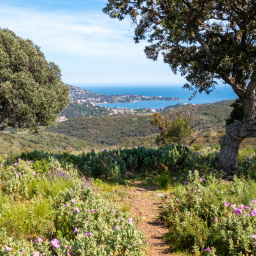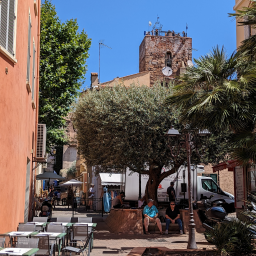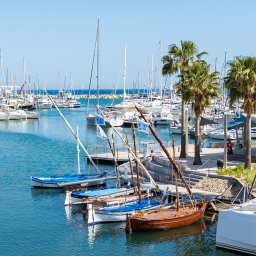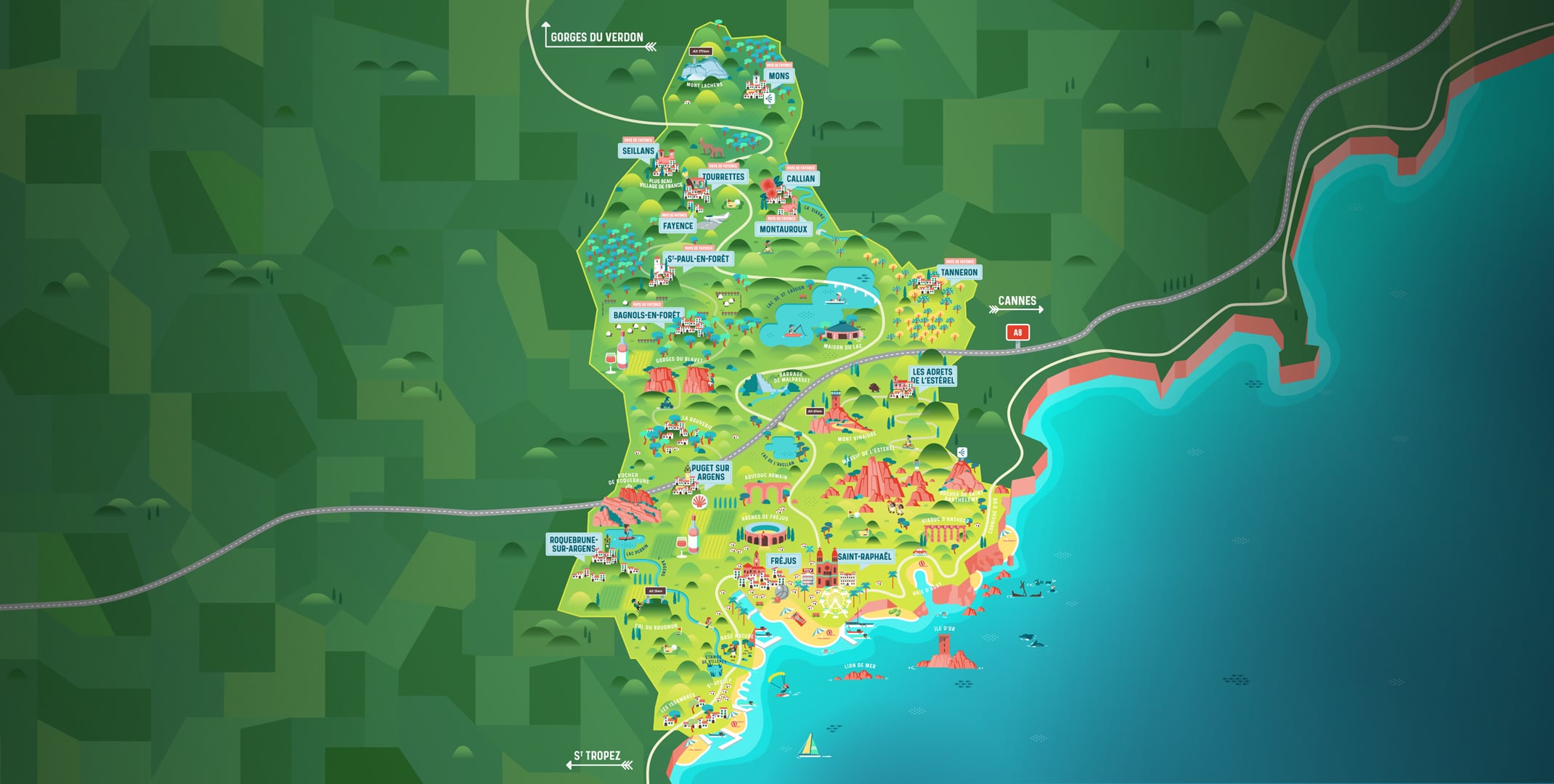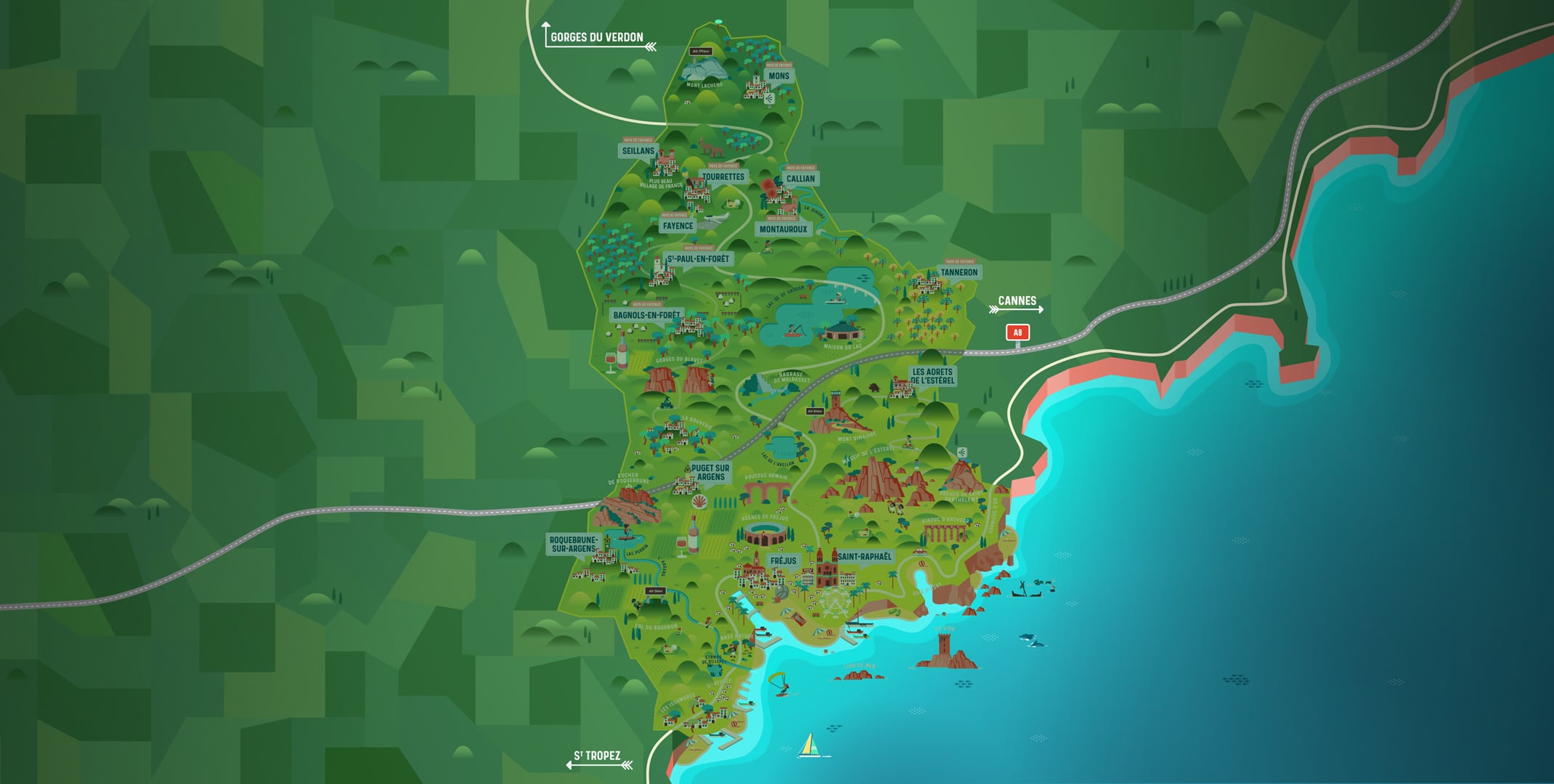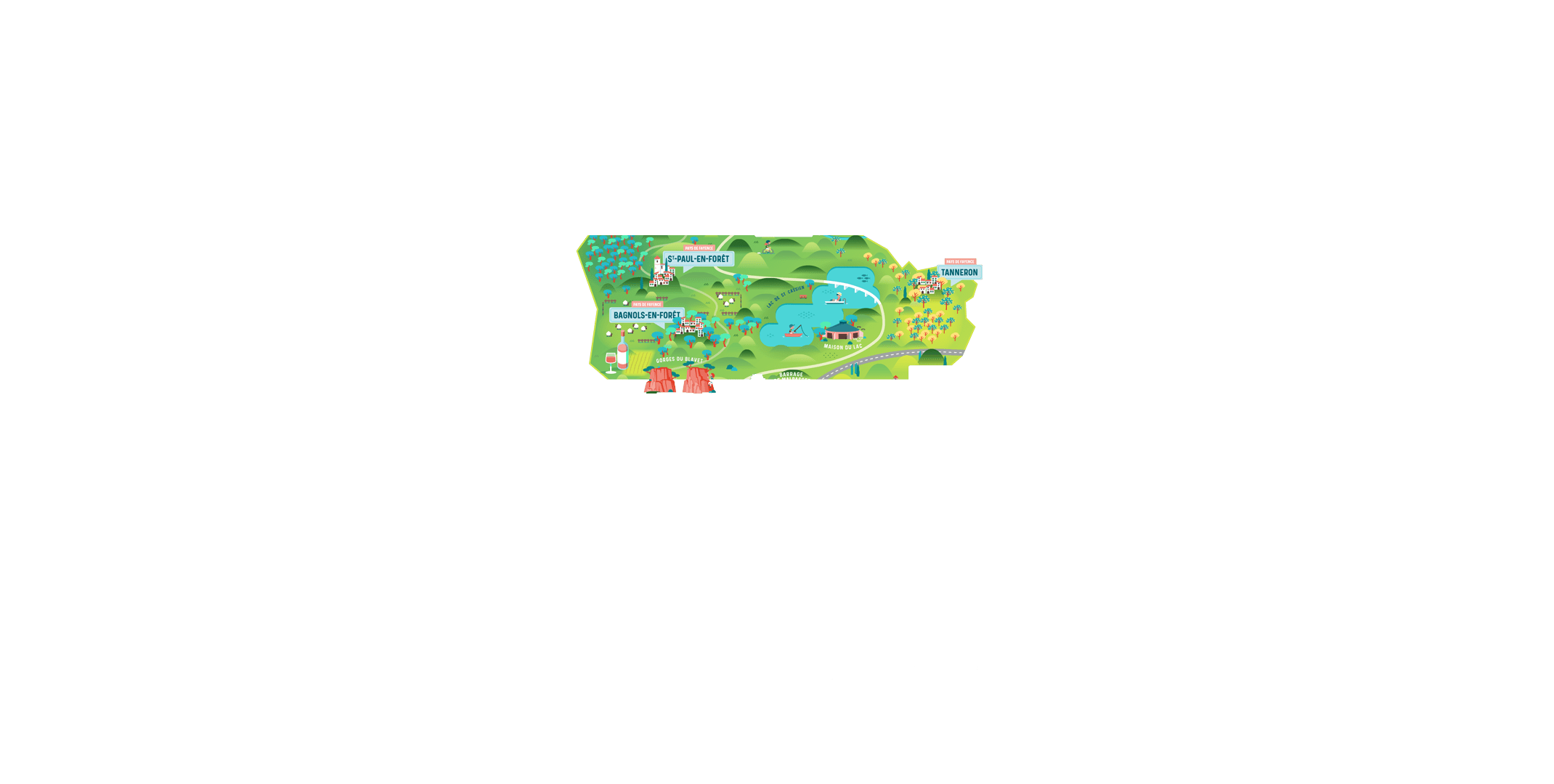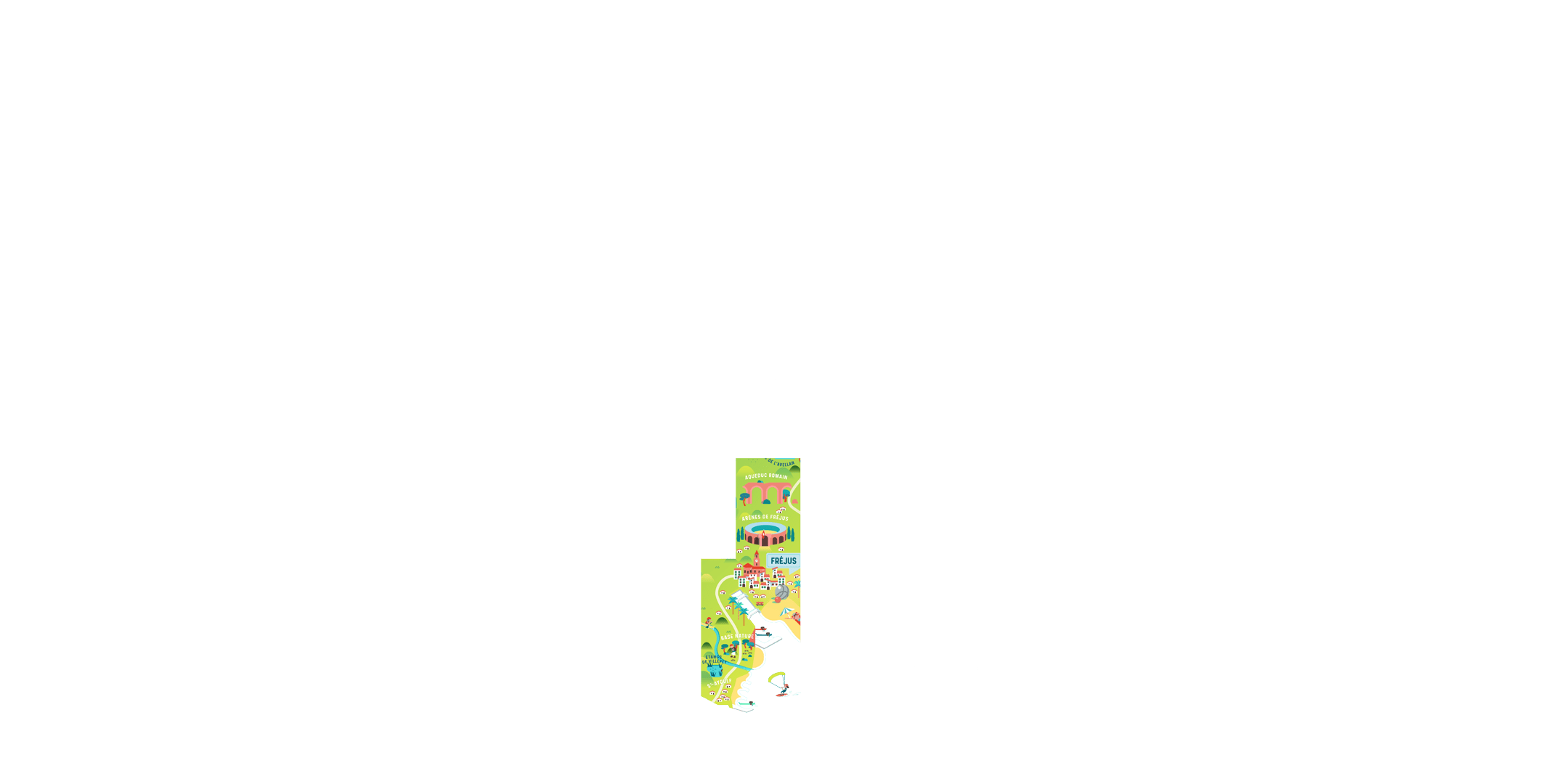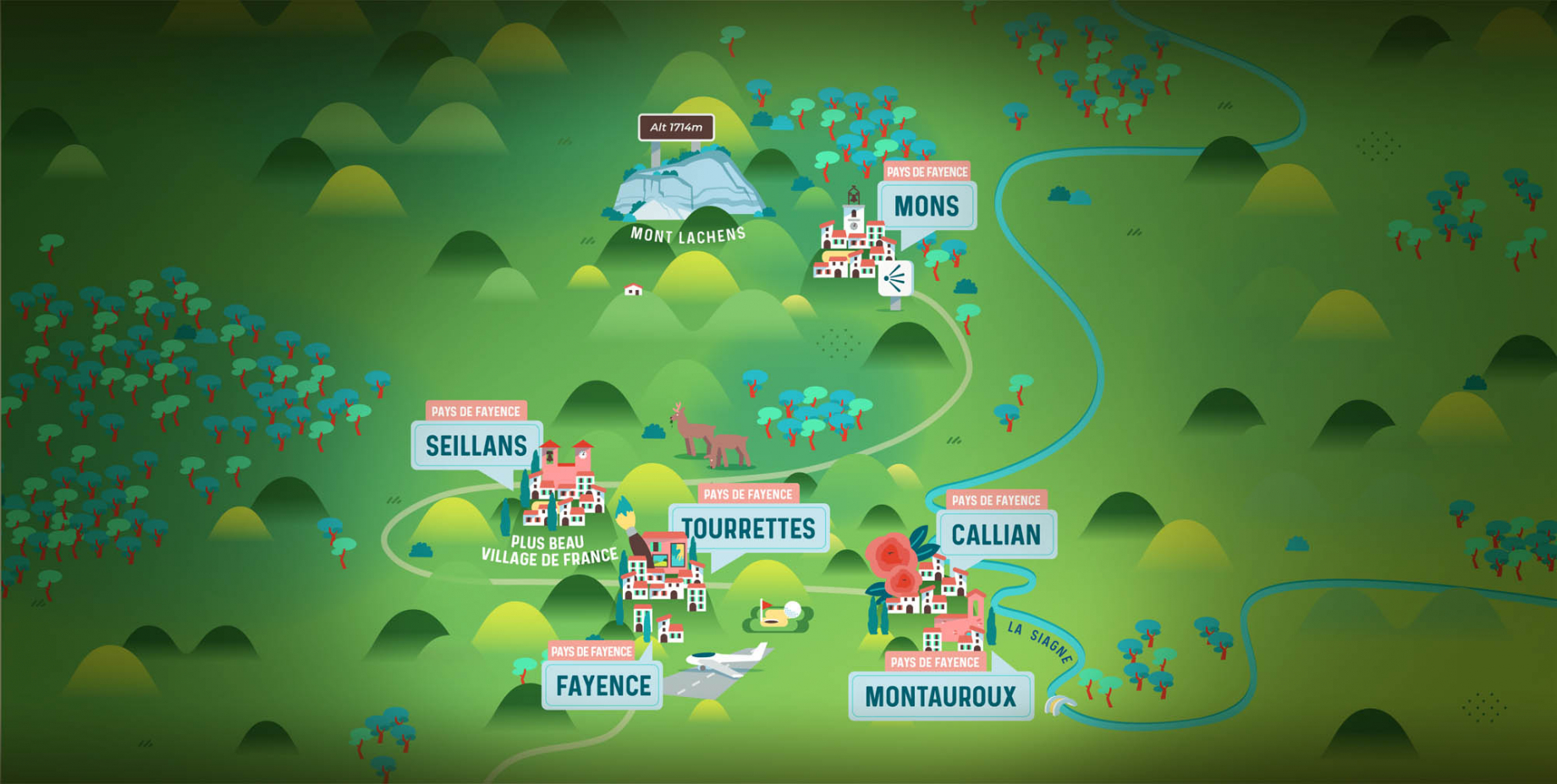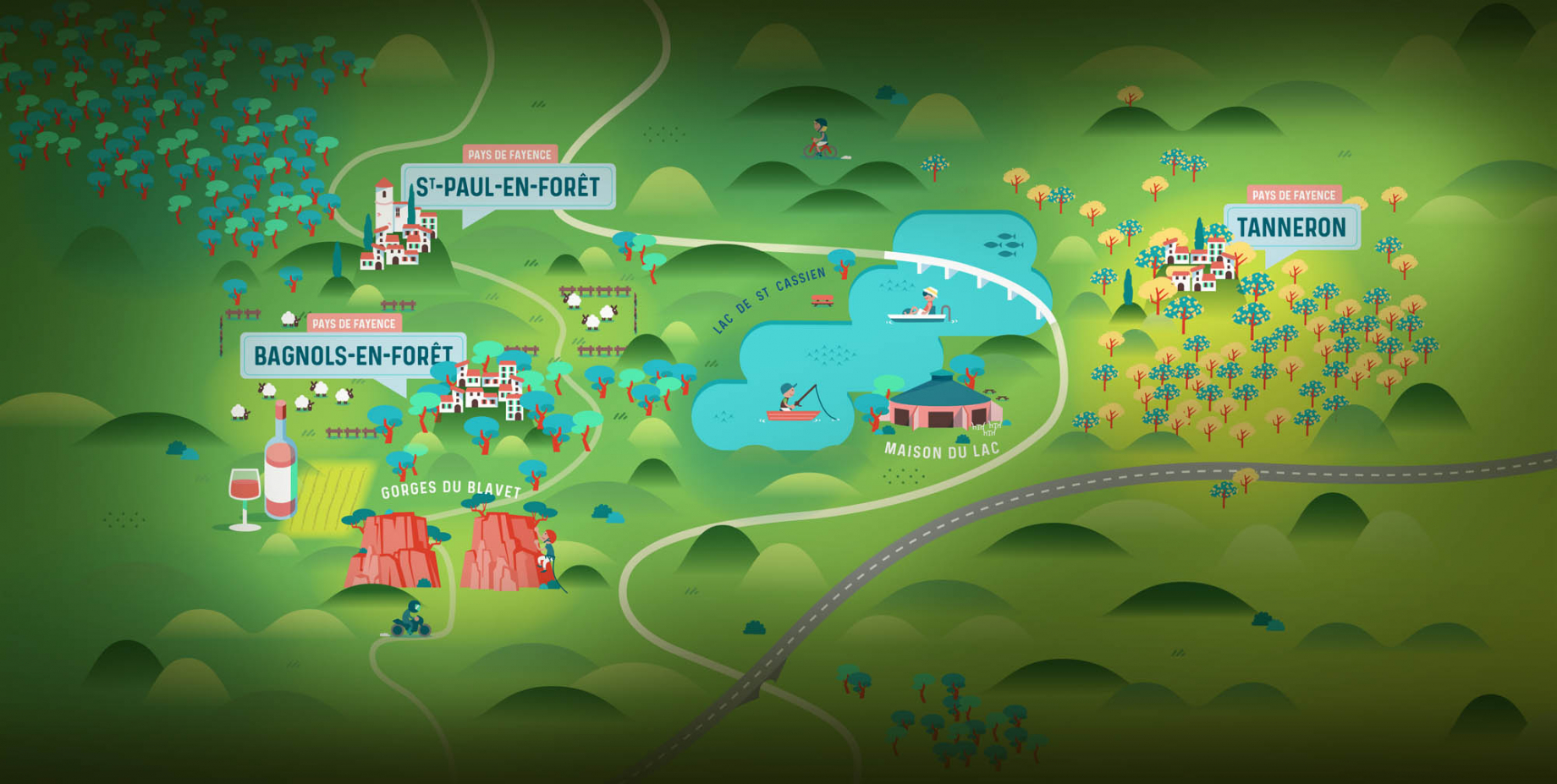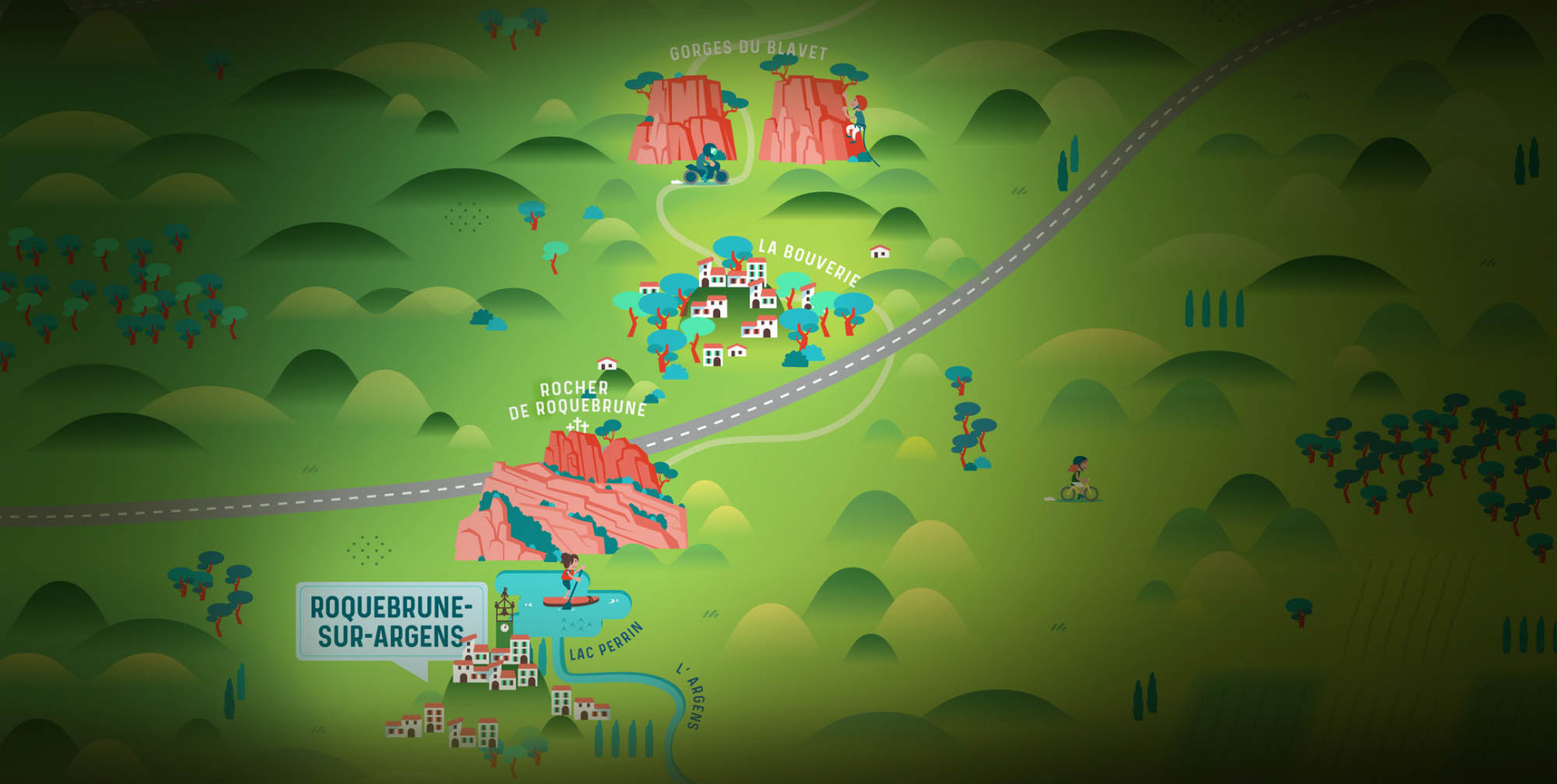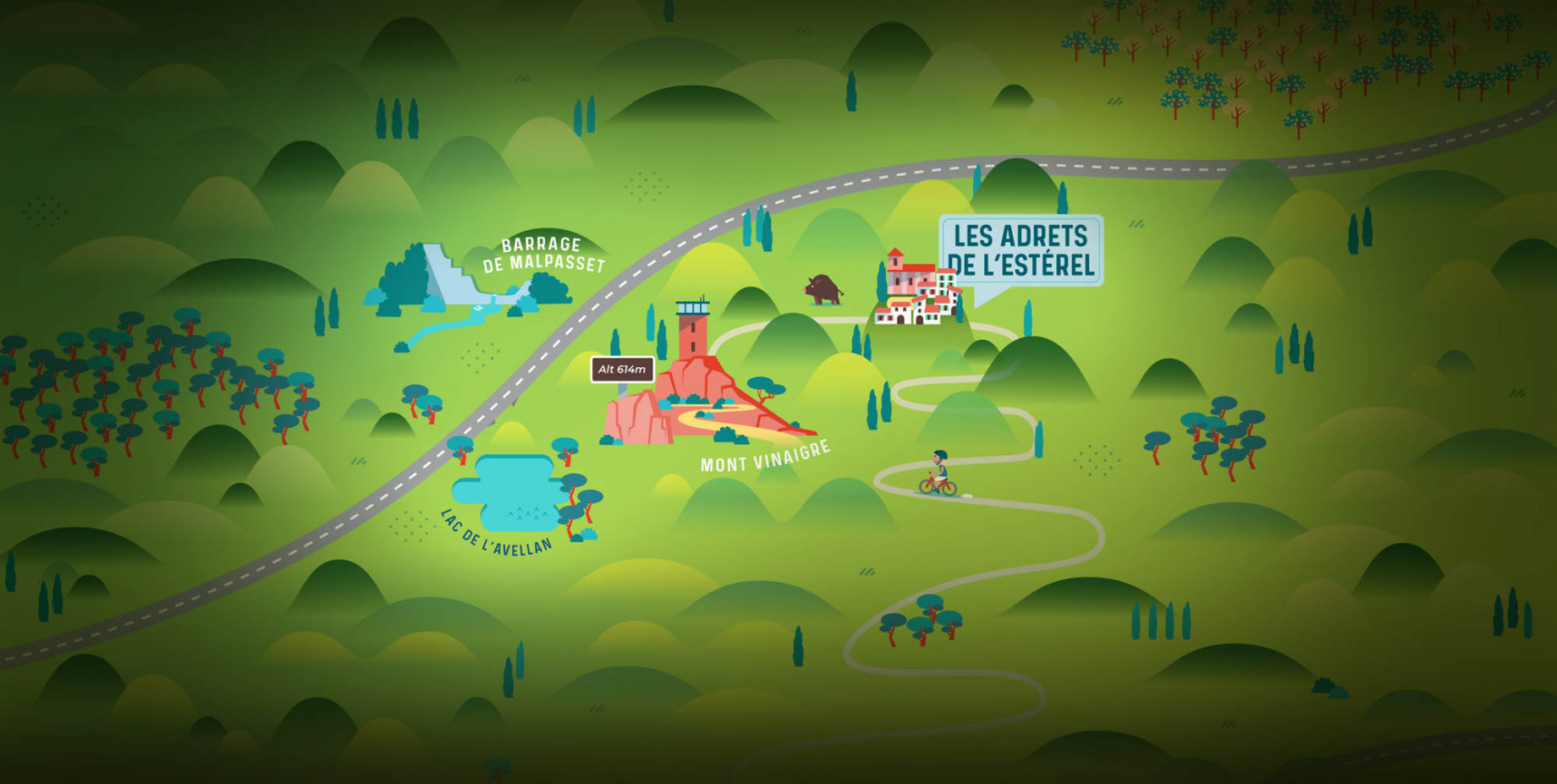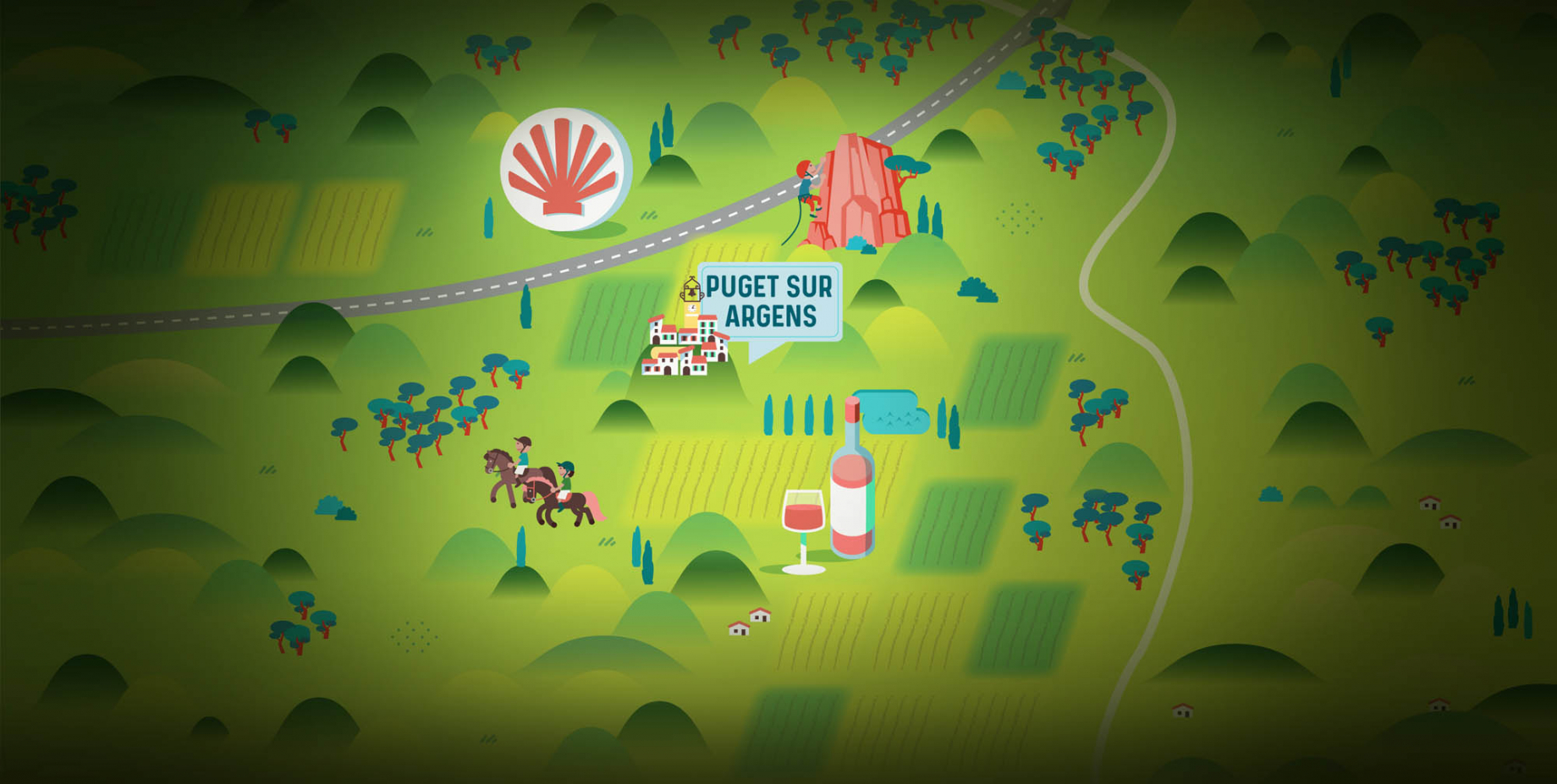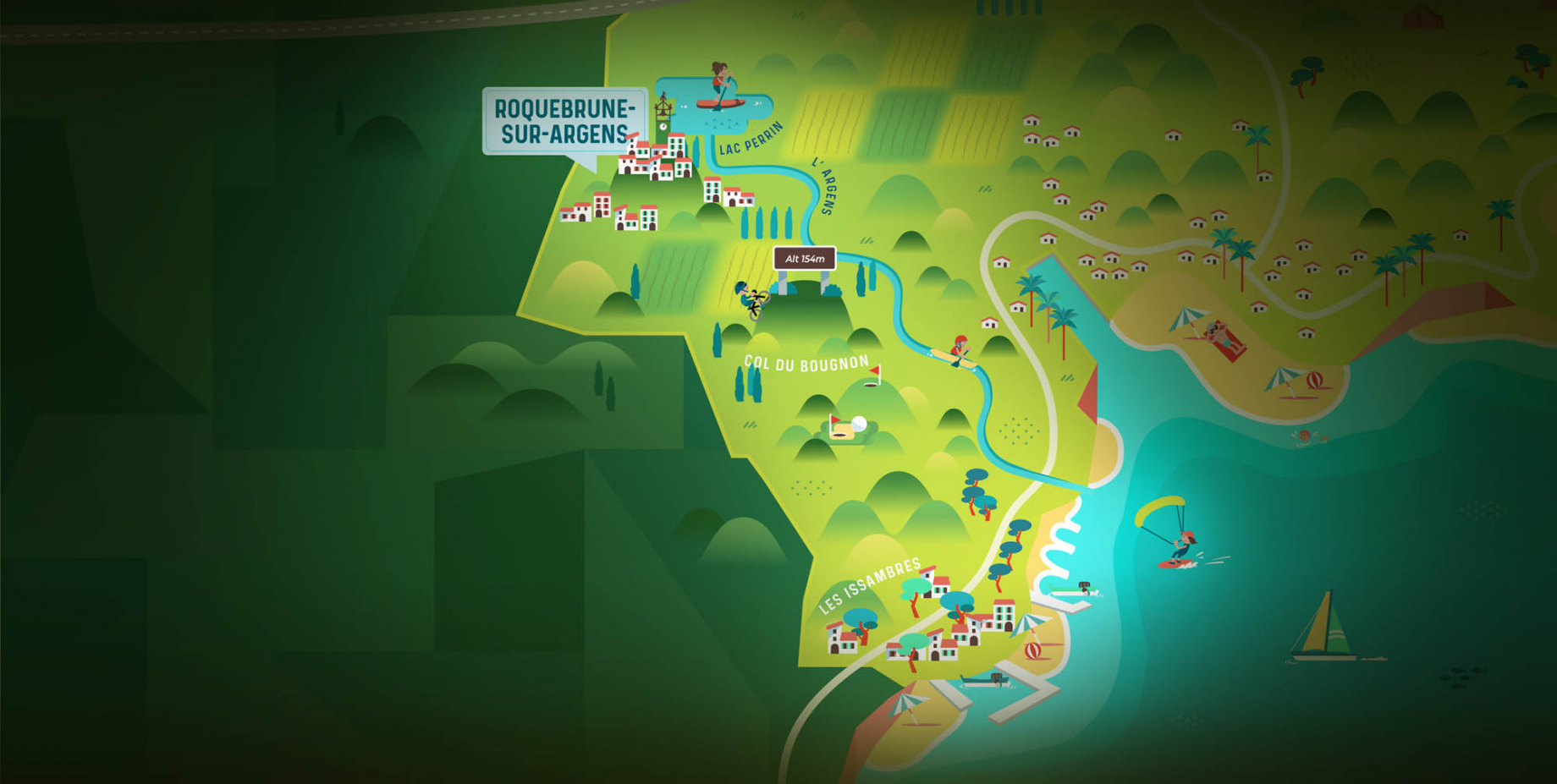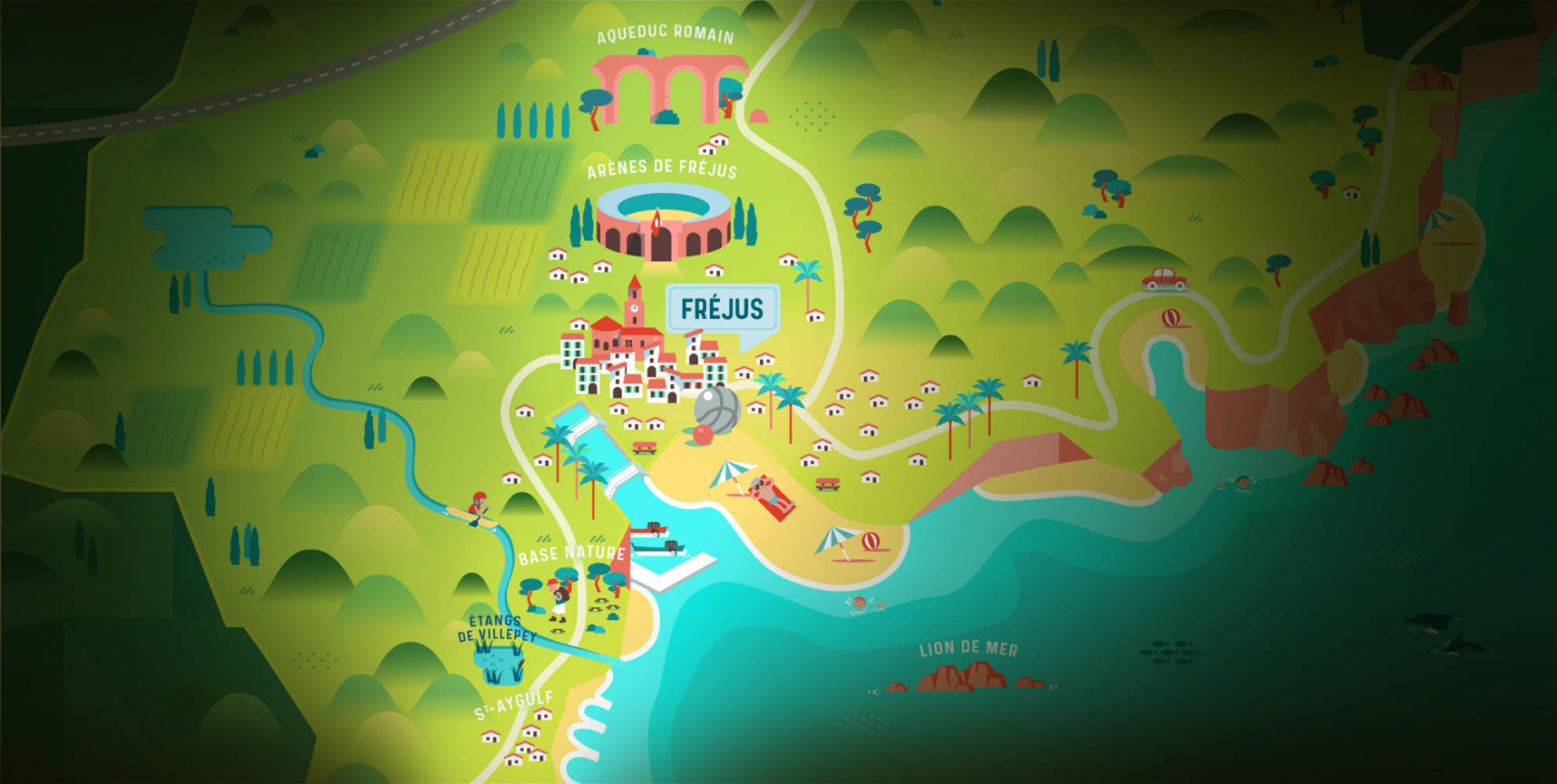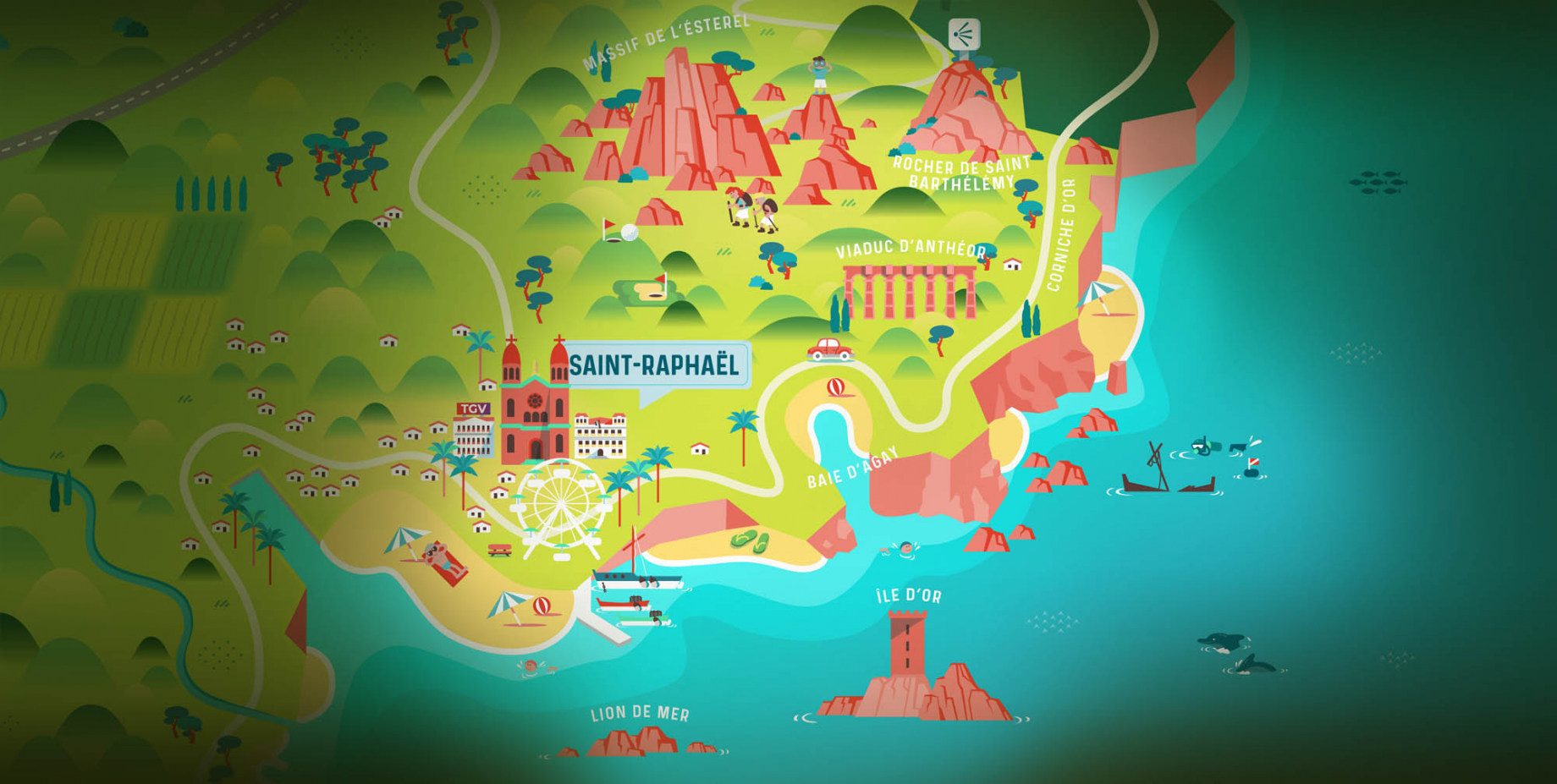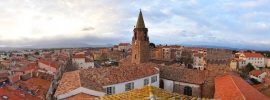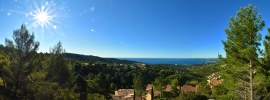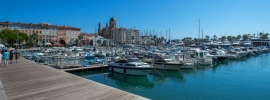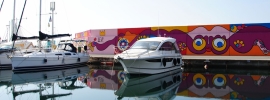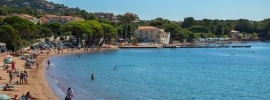Diving in Saint-Raphaël
Diving takes place all year round, in areas of reasonable depth that allow you to discover rocks, droughts and reefs where an intense marine life develops. Exceptional dives that take place in a preserved and authentic nature.
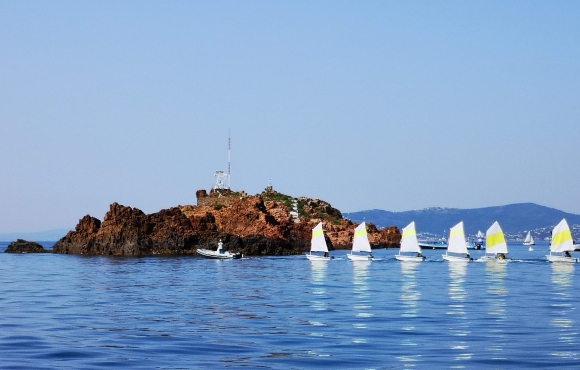
Sea Lion Island
The south face of the Sea Lion presents a magnificent drop-off covered with a multitude of young coral shoots. The top of the wall is 20m deep, then plunges down to 40m offering a fairy-tale spectacle where the forbidden "strokes of the fins" give way to a slow fall to the bottom. Very small lobsters and parazoanthus cover the concavities and cracks. This dive presents no difficulty, except on windy days when a side current is felt. Although very popular in season, the island of Lion de Mer remains an exceptional spot whatever the level of practice. The "virgin" and "mermaid" sites are recommended for levels 1 and 2, while the "coral wall" is accessible for higher levels.
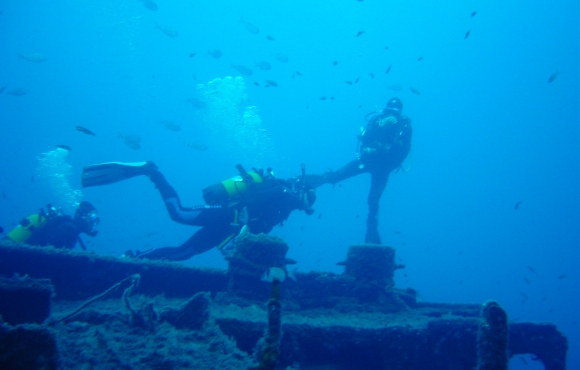
The BYMS 22
In Saint-Raphaël, there are not only antique wrecks, here is a military building sunk on a mine in August 44 during the landing of Provence. This minesweeper, sister-ship of the famous Calypso of Commander Cousteau, is fifty meters long and rests on a mud bottom in the roadstead of Saint-Raphaël by 41 m. The ship is upside down, with the keel in the air, which makes access to the engine rooms easy, as the wooden planking has disappeared. Nevertheless, this dive is aimed at experienced divers in murky water, as visibility is relatively reduced due to the Argens' alluvium, which gives the wreck all its mystery. The not-so-shy conger eels slip between the sheets and the 100 mm shells, among a cloud of Anthias.
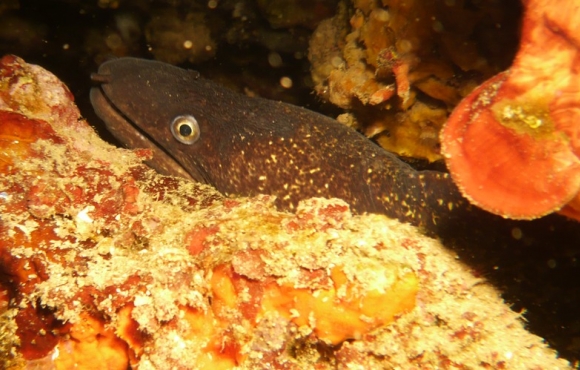
Le Sec des Suisses
This rock is visible from the surface, through a large green spot that reflects the sun's rays, through crystalline water. This site is now under the control of the Parc Régional Naturel de l'Estérel. The fauna and flora are abundant, the banks of castagnoles welcome you from the first meters, while at 35 m await you conger eels and moray eels. The stroll is done in spiral all around dry.
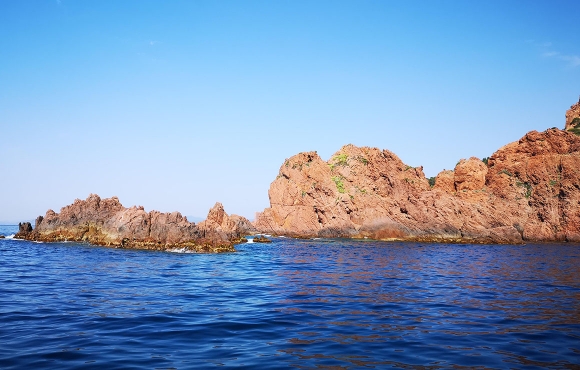
The Pyramids of the Dramont
This succession of four pyramid-shaped rocks, whose summits are between 1.5m and 27m high, is oriented crescendo southwest / northeast.
The alternation of sandy tongue rocks favours biodiversity which is reflected in the presence of holothurians, comb starfish and bryozoans on the sand, while magnificent orange gorgonians, spirographs with splendid plume, and wild oysters are found on the rocks. The banks of castagnoles welcome you from the first meters, to wait for you then at the 3m level. This quiet dive is often accompanied by schools of sars or saups and if you are discreet you may see a small grouper or a beautiful mostelle.
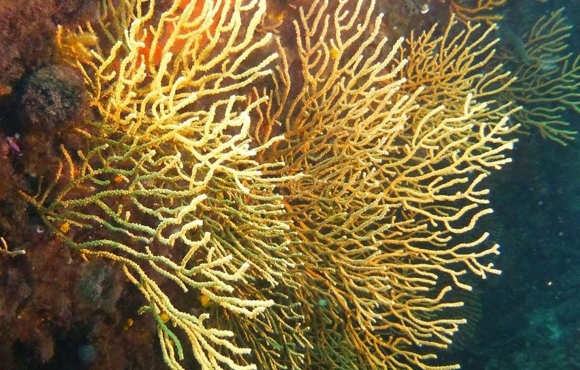
The Dramont Village
In the 50's, a team of filmmakers decided to make an underwater film: "The Child and the Mermaid". Camera supports and film sets are implanted near a magnificent natural arch covered with parazoanthus. The story takes place in a village, immersed... and so half a century later, the church, the cement houses have been concreted and offer to beginner divers a superb dive full of history and adventure.
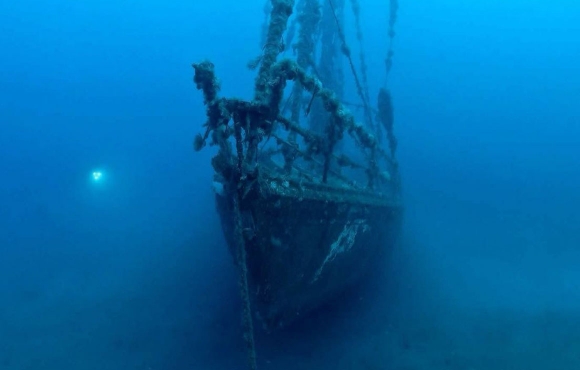
The beacon of the Christian
It is the archeological sanctuary par excellence, where 13 ancient shipwrecks have been shipwrecked. This reef, now marked out, was very dangerous to navigation and consequently caused the loss of many ships of ancient and medieval times. At the foot of the dry, between 12 and 22 m, the ground is strewn with fragments of amphora barely covered by the shell sand. These ships, mostly loaded with wine or brine amphorae, came from Italy, Spain and North Africa during the pax romana. The latest excavations carried out in 1996 revealed Greek remains from the 6th century BC, flirting with 1st century pottery and building elements of the beacon. Two thousand six hundred years separated them ! This museum under the sea conceals a certain reminiscence of the past which still fascinates the diver in search of history.
During the circuit, an arch covered with anemones and sponges, where the yellow colour of the parazoantus dominates, opens towards the east on madrepores which shelter an intense life. There, girelles, and scorpion fish, gobies and wrasses in concentration hypnotize the diver.
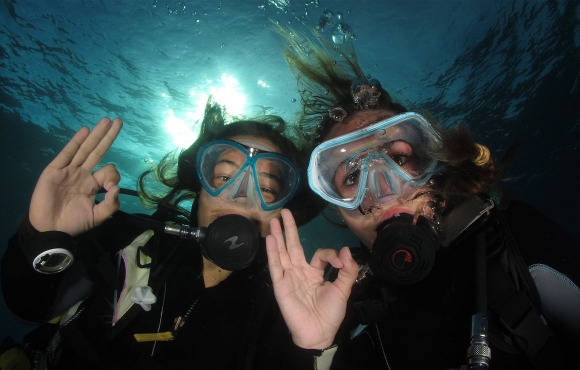
The barges of Anthéor
The Jean-Suzon and the Saint-Antoine are two Belgian river barges, commanded by a German crew, sunk by an English torpedo... on the French coast, in July 44 ! These ships were transporting war material from Marseille to supply the German troops entrenched in Italy.
The front half of one of the ships is lying upright on its keel, on a 28-metre bottom. A stern still well preserved rests on its stern. One can observe the diesel engine with a conventional compressed air start. All around, there are sheet metal plates, twisted debris, rails, girders, and then there are the shells, the famous shells... It wasn't until 1998 that the Navy decided to neutralize several hundred of these inert munitions and order them in symmetrical piles. The site abounds with conger eels and moray eels, and the first ones in the water will be able to surprise beautiful groupers, somewhat shy, used to the place.
Beware for those who are cold, a small cold current is regularly felt 1 or 2 m above the site.
Water temperature
Our region benefits from a warm and sunny climate which ensures a pleasant water temperature for diving all year round. However, after 4 days of Mistral, it can be very cold, even in summer !
Average temperatures: In winter: around 13° / Mid-season: between 15° and 19° / In summer: between 21 and 27°.
Dans le bleu de la Méditerranée (Prize for "Best Underwater World Film")
This film won the prize for "Best Underwater World Film" at the St. Petersburg International Underwater Film Festival 2015.
Cosmopolitis Productions with the participation of Seasons

